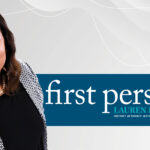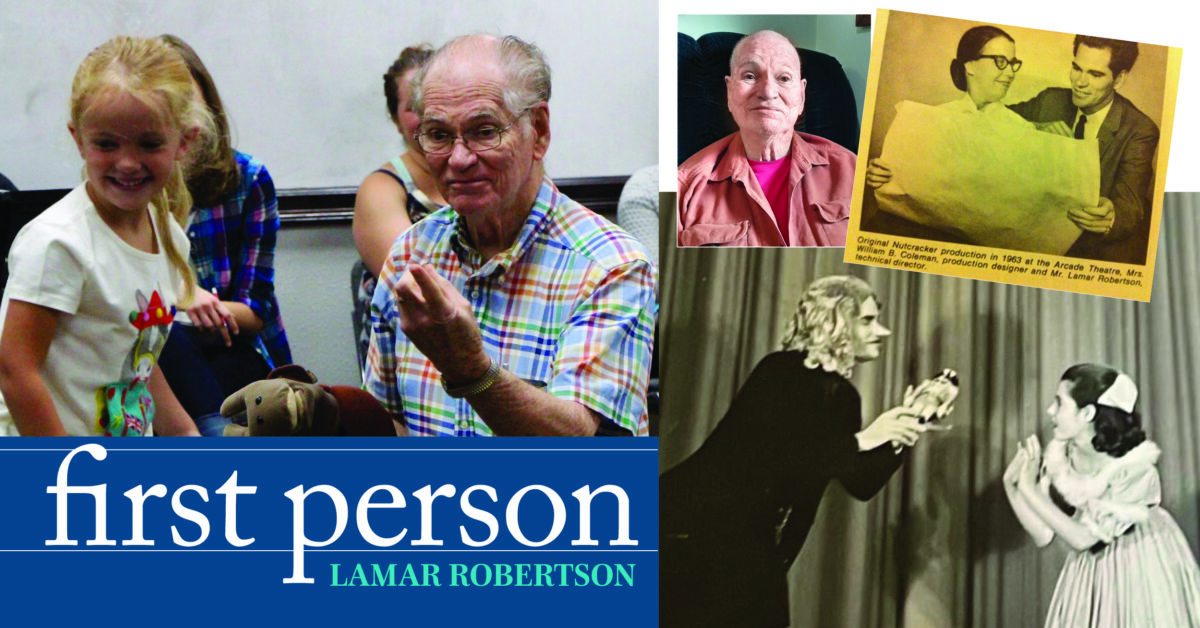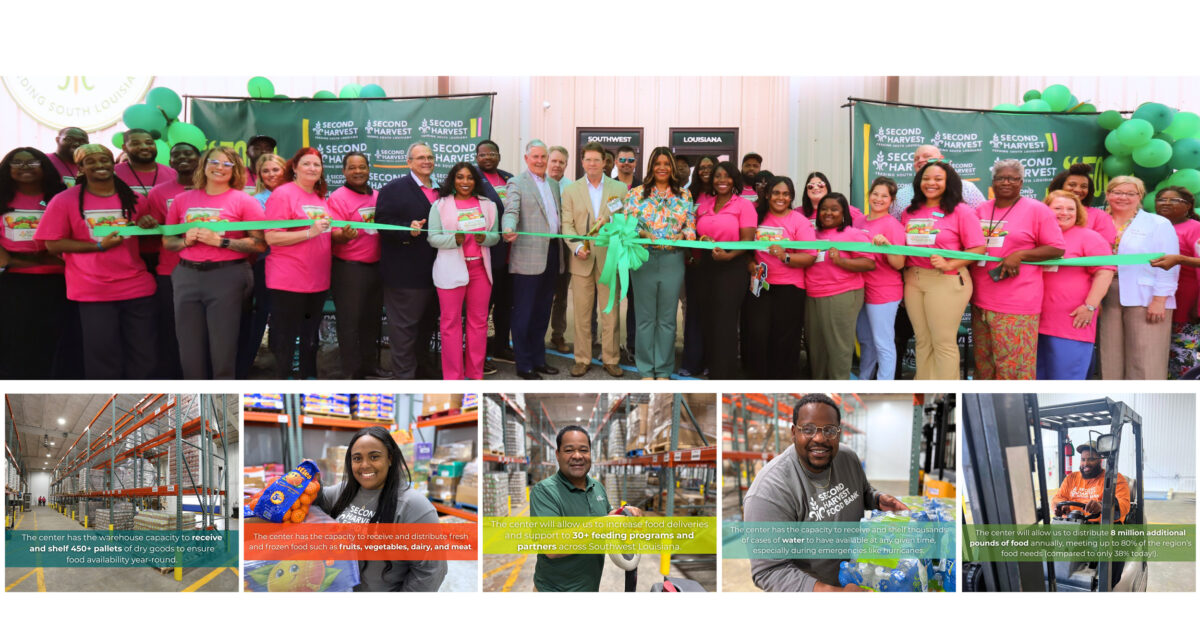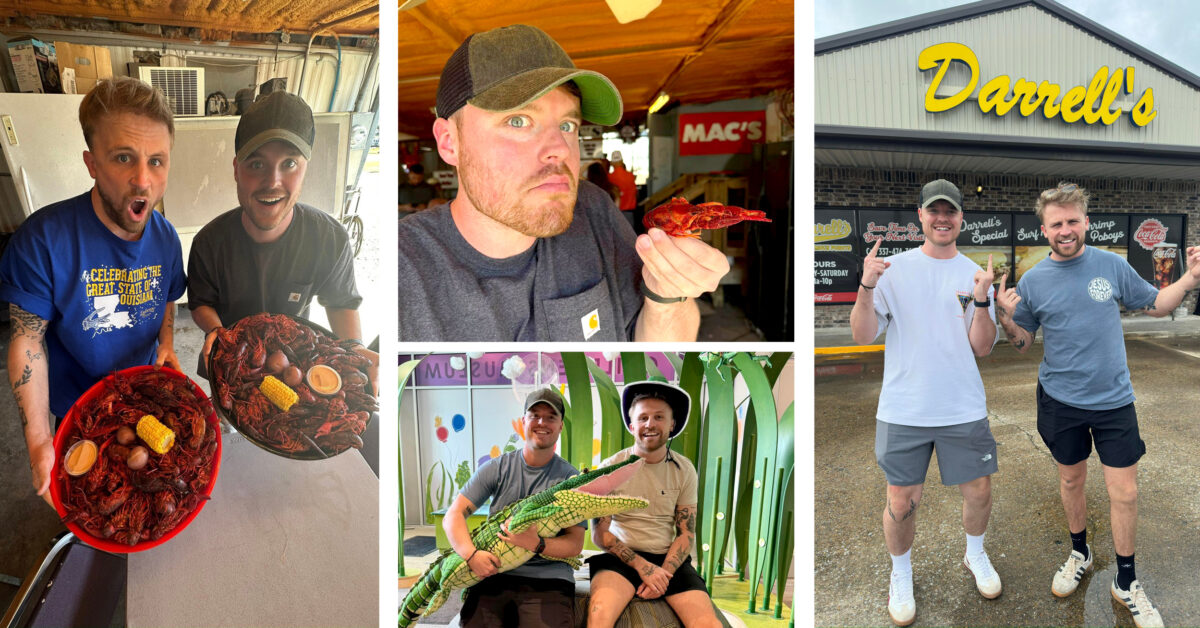
First Person: Lauren Heinen – District Attorney – Jefferson Davis Parish
August 2024
Pizza Party – SWLA’s Signature Slices
September 2024Southwest Louisiana has been blessed with a long line of art patrons, promotors, and performers who have contributed to the rich cultural history of our region – trailblazers such as Rosa Hart, Francis G. Bulber, Maestro William Kushner, to name a few. The list wouldn’t be complete without including long-time music educator, choral director, and all-around renaissance man Lamar Robertson.
Robertson attended McNeese State University and earned a degree in music education. After graduation, he worked as an elementary music teacher in Sulphur and served as the choir director at First United Methodist Church in Lake Charles. In 1972, he founded the Louisiana Choral Foundation and Masterworks Chorale and in 1977, Les Petites Voix Children’s Chorus, where he served as artistic director until 2002. These groups continue to inspire and delight audiences today.
During college, Robertson was also involved in musical theatre, which led to a deep appreciation for and involvement with ballet. He worked closely with Ida Clarke, founder of the Lake Charles Ballet Society. He performed the role of Nutcracker’s Drosselmeyer in 1963. Over the years, Robertson played several other Nutcracker roles, such as Mother Ginger and the kindly Grandfather, for various local ballet companies. Colleen Benoit, founder of Lake Area Ballet Theatre, says, “I have always felt privileged to work with Lamar and honored to have him be a part of so many of our productions that allowed our dancers to be exposed to his greatness. He represents the rich arts history that began in Southwest Louisiana so many years ago.”
Robertson had been a member of the Messiah chorus for over half a century and conducted the group while serving as McNeese’s choral director during the 1990-1991 school year.
More recently in his life, Robertson served as choir director at Good Shepherd Episcopal Church along with organist and music educator Pam LeBlanc, who was first a student of Lamar’s, then a colleague, and now a dear friend.
One of Robertson’s greatest contributions to local music education was introducing and promoting the Kodály Method (pronounced code-eye) to Southwest Louisiana students and other music teachers. Robertson has written or co-authored several textbooks on the topic, including American Methodology. He started the Kodály Institute at McNeese State University (a summer intensive for music educators), spread the movement across Southwest Louisiana, and revolutionized the way children in our region learn music. “It’s a magical way to teach,” says LeBlanc. “You sing and play games, and through the skill of the teacher, learn melodies and rhythms.” Robertson also taught the method through workshops across several states, and even Taiwan. For his decades of dedication to the Kodály philosophy, he was awarded the Lifetime Achievement Award by the Organization of American Kodály Educators in 2012. Now age 90 and residing in a local assisted-living facility, Robertson has worked mightily throughout his life to enrich our culture through a wide variety of musical outlets. His wife, Joanne, who passed away in 2012, was also very active in the Southwest Louisiana music community. Thrive recently visited Mr. Robertson and learned more about his deep love of music and his passion for sharing it with others.
Tell me about your childhood.
I was born and raised in Lake Charles and grew up in a musical family, albeit informally. Mama sang folk songs while she ironed. Daddy sang funny songs and made us all laugh. Both my sisters were musical. Shirley played clarinet and Nellie sang. We were surrounded by music. I sang in the First Methodist Church choir and Lake Charles High School choir. My biggest regret is that I never studied piano. These fingers and eyes just wouldn’t coordinate.”
Describe your college experience.
I attended McNeese, back when there was only one building, and majored in music education under Dr. Bulber. That was the only thing I could do. I wasn’t a good student, so I involved myself with other activities, such as musical theater. I was good at memorizing lines. What was it like working with Ida Clarke? I adored Ida! She used exquisite examples of music both in her studio and in recitals. I took dance lessons at her studio and began playing roles in their productions. My debut role was that of Drosselmeyer in Lake Charles’ first production of Balanchine’s Nutcracker, performed in the historic Arcade Theatre. I was also the stage manager. My parents both worked there and helped me. Daddy had been a stagehand there and he showed me how to hang scenery and work the lighting. Mama sold tickets in the box office. It made me so happy that we were all working together. With what we had to work with and the knowledge that we had, that first Nutcracker performance was a miracle. Ida used to say, “We can do anything – it’s the impossible that takes us a little bit longer.” And we’d just figure things out.
How did you and your beloved Joanne meet?
I was the music director at First Methodist and was planning a special cantata and needed a soprano. Joanne was a Fulbright scholar who had studied music in Germany and was an elementary music teacher in Texas. She traveled to Lake Charles on a train to audition for the part. I met her at the station, and it was love at first sight. We have three children – two daughters and a son – and they’re also musically talented.
One of your most notable accomplishments was bringing the Kodály Method of teaching music to Southwest Louisiana. Explain what this is and how you became interested in the concept.
I’ve always loved working with children. But as an elementary school music teacher, I wasn’t happy with the results I was getting. I felt like surely there was more to it than what I was doing. That’s when, through Joanne’s urging, I discovered the Kodály Method. Developed by Hungarian music educator, philosopher and composer Zoltán Kodály, the method uses melody, rhythm, pattern repetition, games and play, singing, and a repertoire of folk songs.
Sharing your love of music has been a central focus of your life. How do you currently find ways to express your gift?
Sometimes I sing a song for my fellow residents. But they don’t always appreciate the kind of music I enjoy. It’s interesting . . . as I grew up, I developed a love for “art” music – Bach, Beethoven and the boys – even though my mother and father didn’t enjoy classical music. Zoltán Kodály was a very smart man. He said, “If children sing in their early years, that will transfer over into a taste for beautiful music, to opera and symphonies, later in their lives.” He was right. That’s what happened with me.






